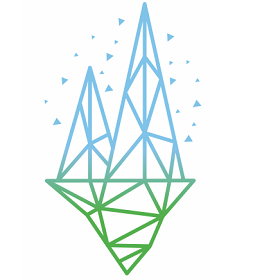

Comments: pdf
Ref.: INCREASE'2023, July 2023
Abstract:
Vector sensors are appealing for monitoring underwater noise due to its inherent directivity. While acoustic
pressure sensors are ambiguous in all directions, vector sensors permit the aquisition of directional
information through the measurement of particle velocity, which enables the possibility of azimuth tracking
of underwater noise sources. Underwater acoustic systems based on vector sensors can play an interesting
role in Marine Protected Areas where integrated marine observatories are needed to assess the evolution
of the environmental state. The MARREAL marine observatory is a marine observatory equipped with a number
of sensors and subsystems, including an acoustic acquisition system made of four hydrophones and a vector
sensor. The observatory was deployed in September 2022 in Sagres, Portugal, near the Baleeira Port which is
accessed by fisher boats and recreational boats. This paper shows preliminary results on azimuth estimation
of boats passing in the deployment area, obtained independently with a 4-hydrophone planar array and a vector
sensor. The results indicate that a single vector sensor can provide fair results on azimuth tracking of boats
passing in the area. At high signal-to-noise ratio (SNR) the vector sensor is able to yield results similar
to those obtained with the planar array. When the SNR is low the planar array outperforms the vector sensor
with the actual processing methods used.